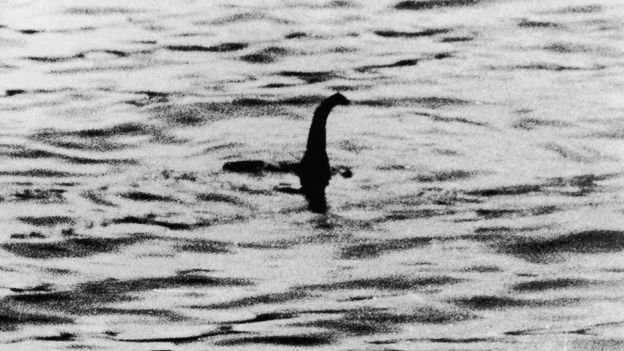
The most famous image appeared in 1934 at the height of Nessie-mania: a slender, serpent-like neck rising from the loch. For decades, the photo baffled Nessieologists. In 1979, Californian naturalist Dennis Power suggested the “monster” it depicted was an elephant swimming with its trunk above water. Elephants, he noted, could swim up to 30 miles. While admitting the idea of an elephant in the Scottish Highlands was almost as unlikely as a real monster, he said: “We’d love to apply for a government grant for four round-trip tickets to Scotland and 40 tonnes of peanuts to try and trap it, but that’s probably out of the question.”
While the photo was later exposed as a hoax, the unlikely elephant theory was not forgotten. In 2006, Neil Clark, curator of palaeontology at Glasgow University’s Hunterian Museum, suggested that 1930s sightings could have been circus elephants, as fairs visiting nearby Inverness often stopped at Loch Ness to rest animals. “When their elephants swam in the loch, only the trunk and two humps could be seen – the first hump being the head, the second the back,” he said. Clark admitted that most sightings of Nessie could be explained by floating logs or waves. However, asked whether he believed in the Loch Ness Monster, Clark said: “I do believe there is something alive in Loch Ness.”
Operation Deepscan may have failed at great expense to capture Nessie, but one less scientific attempt in 1976 achieved similar results at a fraction of the cost. American trombone player Bob Samborski tried to coax Nessie with a mating call on his instrument. He told BBC Radio Highland that if she did emerge, one of two things would happen: “Either I’ll become rich and famous, or if she likes it so much that she eats me alive, at least I’ll be famous and somebody else will become rich.”
—
For more stories and never-before-published radio scripts to your inbox, sign up to the In History newsletter, while The Essential List delivers a handpicked selection of features and insights twice a week.








Recent Comments